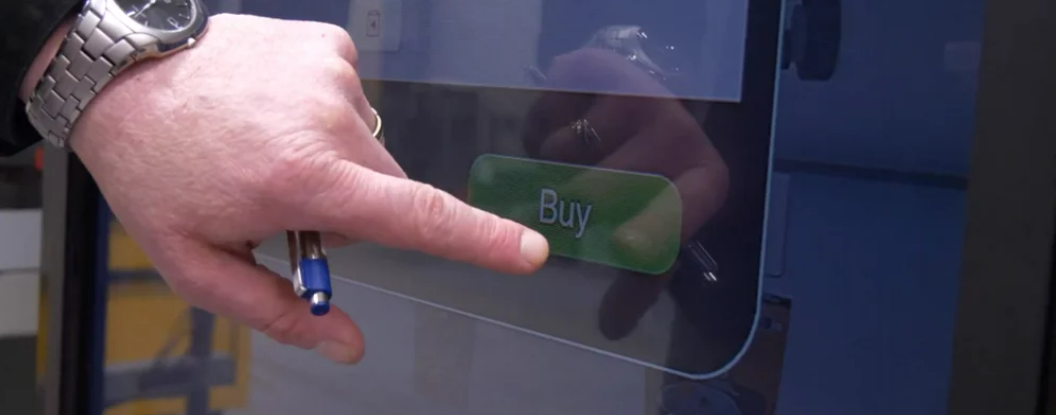It’s never a good thing when the media attaches the word “apocalypse” onto your root word. Apocalypses tend to be events from which there is no recovery and when the term “retail apocalypse” started showing up in news reports several years ago, it suggested we’d come to the end of shopping. Well, maybe the end of shopping… as we know it?
The news of retailing’s death are greatly exaggerated. It’s alive and well and popping up at a location near you.
Pop up retail has been identified as the top retail trend for 2018 and with good reason. It takes the notion that a store is a destination to which we pilgrimage and turns it around. We no longer go to the store, the store comes to us. Online shopping has made us accustomed to having access to anything we want at anytime of day but it’s not the most significant factor in the wave of store closures. Online retail sales represent 9% of all retail revenue, a figure expected to grow to just over 12% by 2020 according to statistica.com. That still leaves 88 – 91% of retail sales to the physical stores. Pop-up retail stores by definition are designed to be temporary locations that take advantage of a great location, smack dab in the middle of consumer traffic that’s predisposed to be interested in the products being sold. The temporary nature of the location stimulates sales by stoking a sense of scarcity and a “buy it now or regret it” mentality. Many retailers report that the sales lift for a pop-up location can be around 35% or greater than a typical, more permanent store. Pop up stores can be stand-alone, kiosks or smaller stores hosted within the walls of a bigger store.



